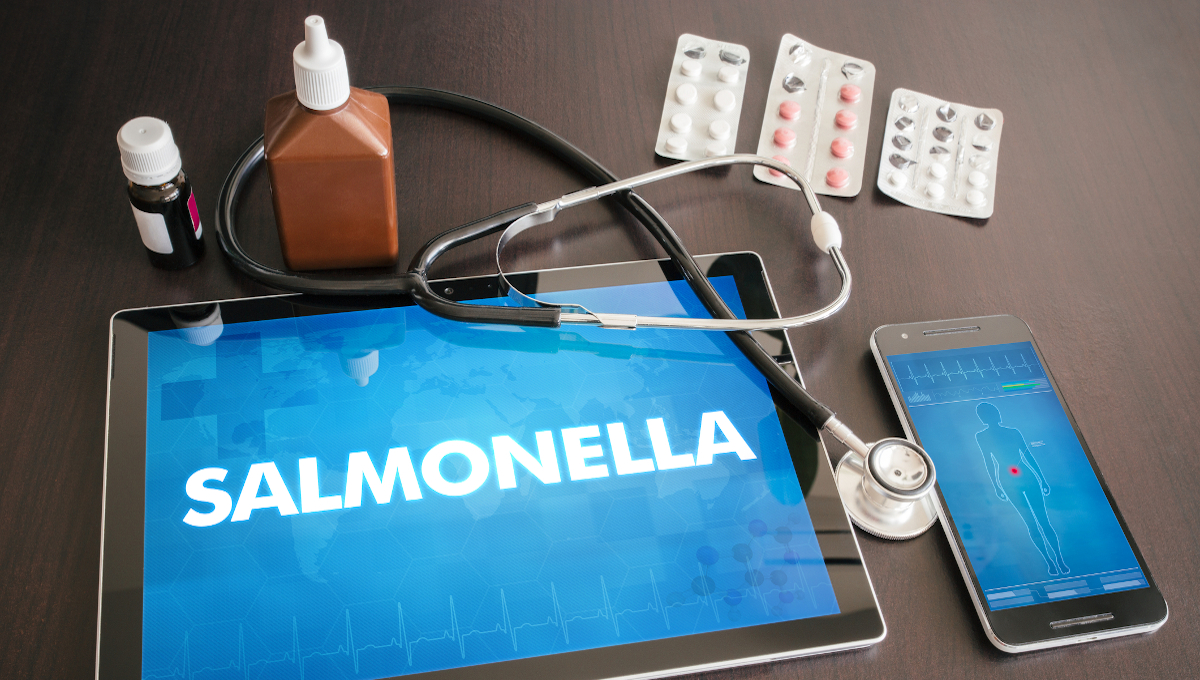More than 30 people have fallen ill in Norway this month as part of a Salmonella outbreak.
The Norwegian Institute of Public Health (FHI) reported 31 people are sick in the national Salmonella Agona outbreak and 13 had been hospitalized.
All patients were diagnosed with an infection in November 2022. They are aged 1 to 84 with a median of 31 years old, and 18 of them are women.
Sick people live mainly in Vestland and Viken but also in Telemark of Vestfold, Innlandet, Trøndelag, Troms og Finnmark, Møre og Romsdal, and Oslo.
Rare Salmonella type
An investigation to find the source is ongoing with FHI, local officials, the Norwegian Food Safety Authority (Mattilsynet), and the Veterinary Institute.
Salmonella Agona is a rare type of Salmonella in Norway and Europe, said Heidi Lange, from FHI.
“The number of people admitted to hospital in this outbreak is high, but we have no indication that this Salmonella variant causes more serious illness than other variants. This probably reflects it is the people admitted to hospital who are discovered, and that those with a milder infection do not see a doctor,” she said.
“The people who have been diagnosed with infection live in eight regions. It is therefore likely that they are infected through a food product that is distributed throughout the country. They are now being interviewed to assess whether they may have a common source of infection. It is too early to say whether this is a limited outbreak or if it will increase in scope, and whether we will be able to find the source of infection.”
Interviews are conducted about what sick people have eaten and have been in contact with. This may lead to food sampling and other traceback work.
Salmonella Agona has previously been detected in Norway, but only as isolated cases and often related to infection abroad. Outbreaks of Salmonella are rare. The incidence is much lower in the country compared to most other nations, with cases and outbreaks usually linked to imported food or travel.
About Salmonella
Food contaminated with Salmonella bacteria does not usually look, smell, or taste spoiled. Anyone can become sick with a Salmonella infection. Infants, children, seniors, and people with weakened immune systems are at higher risk of serious illness because their immune systems are fragile, according to the CDC.
Anyone who has developed symptoms of Salmonella food poisoning should seek medical attention. Sick people should tell their doctors about the possible exposure to Salmonella bacteria because special tests are necessary to diagnose salmonellosis. Salmonella infection symptoms can mimic other illnesses, frequently leading to misdiagnosis.
Symptoms of Salmonella infection can include diarrhea, abdominal cramps, and fever within 12 to 72 hours after eating contaminated food. Otherwise, healthy adults are usually sick for four to seven days. In some cases, however, diarrhea may be so severe that patients require hospitalization.
Older adults, children, pregnant women, and people with weakened immune systems, such as cancer patients, are more likely to develop a severe illness and serious, sometimes life-threatening conditions. Some people get infected without getting sick or showing any symptoms. However, they may still spread the infections to others.
(To sign up for a free subscription to Food Safety News, click here.)

